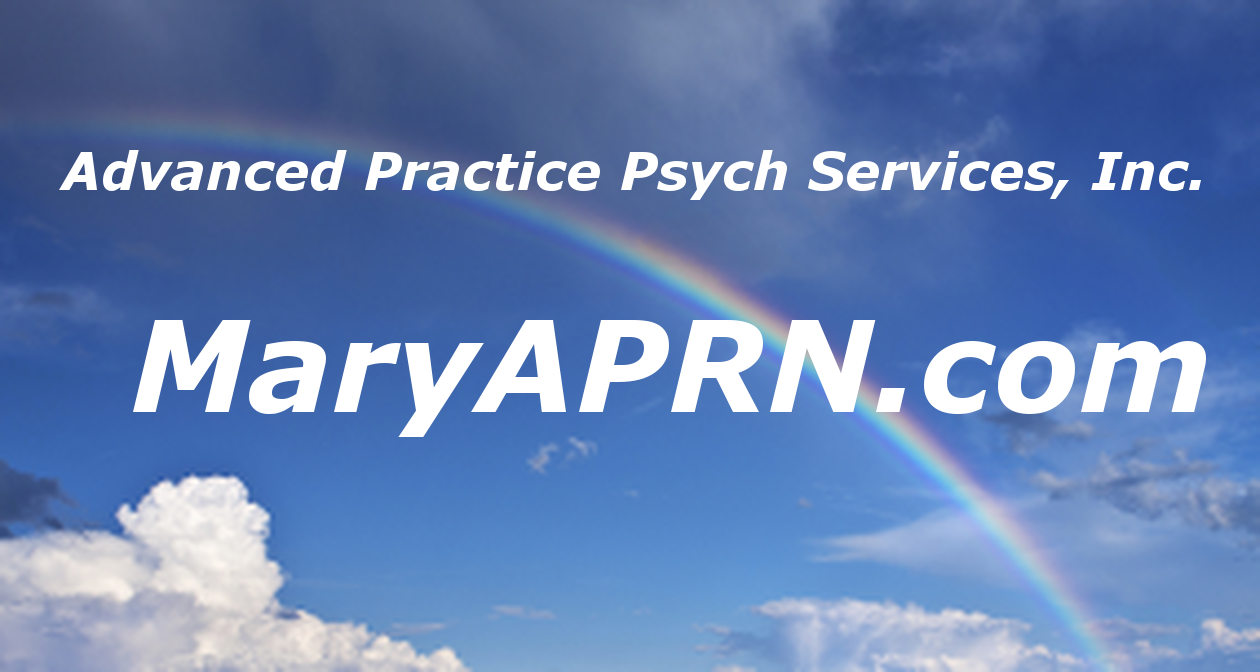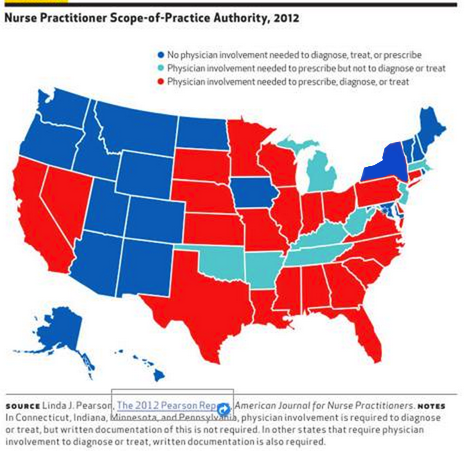APRN Minnesota | Cleaning up the NP bias from opponents

 The bills now being considered are for: APRNs who are experienced, educated, and currently play an important role for many patients (especially in areas not served by physicians).
The bills now being considered are for: APRNs who are experienced, educated, and currently play an important role for many patients (especially in areas not served by physicians).
What changes are being made? This is about the piece of paper that allows APRNs to offer patients what they need. Why? Because the practice of having a written collaboration agreement is out-dated, and merely about getting paid and being a paper induced collaborator.
NY Abolishes Written Practice Agreement for NPs | Here is what they are doing about it.
The piece of paper that has for years tethered nurse practitioners to physicians will no longer be required in New York State as of January 1, 2015 thanks to the passage of the Nurse Practitioners Modernization Act.
Specifically, the law eliminates the written practice agreement between physicians and nurse practitioners who have more than 3,600 hours of practice experience.
Here is what it doesn't do:
The law doesn't eliminate the natural collaboration that occurs between nurse practitioners and physicians, nor does it expand NP's scope of practice.
Many NP's are giving proper quality care to patients in need, except soon they won't have to pay a physician to have approval to operate and right prescriptions, they will continue to provide the same care, and not have to worry if their collaborator dies that they will leave many patients 'out to fend for themselves' while they seek another piece of paper from a willing physician.
APRNs removal of barriers to do what they are trained to do | Will they be as good?
There is substantial evidence that nurse practitioners do just as well as doctors when it comes to primary care -- and that patients needing urgent care actually give nurse practitioners better marks on communication.
- Change is never easy for those that currently reap benefits, as in this case receiving money for lending your signature to allow an APRN to practice in the state of Minnesota.
The Association of American Medical Colleges estimates that by 2015 the United States will face a shortage of more than 33,000 primary care practitioners, APRNs are helping already with this shortage, so the question is 'If they are already providing care and delivering quality, what is the down side of eliminating the piece of paper?
Collaboration and moving towards real change instead of just using it as a buzz-word to elicit a reaction, let it be known that:
Several positive developments are on the horizon. The number of advanced-practice nurses and physicians sitting jointly on standard-of-practice and standard-of-care committees is increasing. And advanced-practice nurse and physician faculty are cross-teaching students from both disciplines more frequently. The question is not 'if', but 'when'. The time is now in Minnesota
Let's not forget where NPs got their start, from physicians in need of additional human resources as demand was outpacing doctor supply:
- In the late 1950s and early 1960s, physicians began mentoring and collaborating with nurses who had clinical experience. In addition, increasing specialization in medicine led a large number of physicians out of primary care, creating a shortage of primary care physicians and leaving many areas, especially rural areas, medically underserved.
- In 1965, the Medicare and Medicaid programs provided health care coverage to low-income women, children, the elderly, and people with disabilities. The sudden availability of coverage increased the demand for expanded primary care services. Because physicians were unable to meet this demand, nurses "stepped into the breach."
- Nursing leaders believed that nurses were qualified to expand their roles and meet the need. (information obtained from Medscape.com)
So, the story is still being played out, in order to fill the need, APRNs are demanding the ability to provide patients the tools and medications to lead better lives, the piece of paper is a hindrance to this action.


